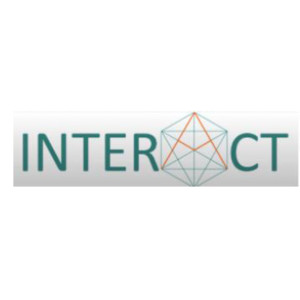 \
&
Contact us
\
&
Contact us
 \
&
Contact us
\
&
Contact us
Published on | 8 months ago
Programmes Enhancing EU R&IThe European Citizen Science Association (ECSA) and the European Citizen Science (ECS) project have published a position paper in March 2025 on “Citizen science for the future of Europe - Advocating for deeper integration and dedicated support for citizen science in the 10th Framework Programme for Research and Innovation”.
This position paper sets out the added value of citizen science with reference to an extensive list of examples of citizen science investment in Horizon 2020 and Horizon Europe, and outlines 10 opportunities for FP10 to unlock the potential of citizen science through strategic support. The paper concludes with 5 key recommendations for sustained investment in citizen science, and 10 further support areas.
The full position paper, an executive summary (PDF) and the possibility to add an endorsement as individual and/or organization are available on the dedicated website.
We offer news and event updates, covering all domains and topics of Horizon Europe, Digital Europe & EDF (and occasionally, for ongoing projects, Horizon 2020).
Stay informed about what matters to you.
By signing up, you can opt in for e-mail notifications and get access to
a personalised dashboard that groups all news updates and event announcements in your domain(s).
Only for stakeholders located in Flanders

Professor Inez Germeys leads the Center for Contextual Psychiatry at KU Leuven, which is a large multi-disciplinary research group focusing on the interaction between the person and the environment in the development of psychopathology. She has received a European Research Council (ERC) Consolidator grant (INTERACT) and Proof of Concept grant (IMPACT). With these grants professor Germeys and her team researched a new mobile self-management therapy for patients with a psychotic disorder. The Acceptance and Commitment Therapy in Daily Life (ACT-DL) was further developed for the clinical environment. In line with that the Horizon 2020 IMMERSE project aims to thoroughly evaluate strategies, processes, and outcomes of implementing a digital mobile mental health solution.